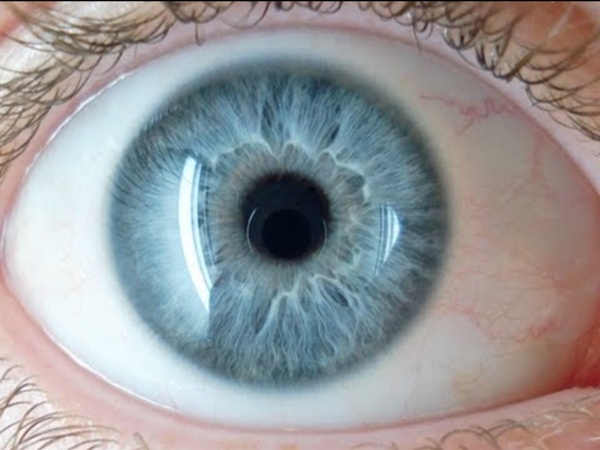What Color Is A Mirror?
SALINABEAR
Upload www.salina-siu.com Subscription preferences Loading... Working... Salina Siu Weaved Halter Racerback Tank Top Tutorial - YouTube T-Shirt 30,547 views 7 months ago Follow and Like Cut Up Tees! Read more Popular uploads Play 4:45 Cut up the Back of your T-Shirt - Simple DIY Tutorial 3,090,332 views 4 years ago 7:19 8 Ways to Cut Up T-Shirt Sleeves & Off the Shoulder - Salinabear x Purple SFU BAM 3,069,356 views 3 years ago 8:27 Cut T-Shirt with Bows on Back - Salinabear x Elephant in the Room 1,403,765 views 1 year ago 4:29 10 Ways to an Wear XL T-Shirt - Salinabear x Green SFU BAM 1,302,225 views 3 years ago 1:40 Diamond Sides - Turn a baggy t-shirt into a fitted one - Salinabear 821,715 views 4 years ago 3:26 Front Weave Neckline - Salinabear Cut Up T-Shirt 608,569 views 4 years ago 3:47 Cut Up a Backless Top! Cutting T-Shirt Tutorials Uploads Related channels on YouTube Sign in to add this to Watch Later Add to
Related:
Related:



